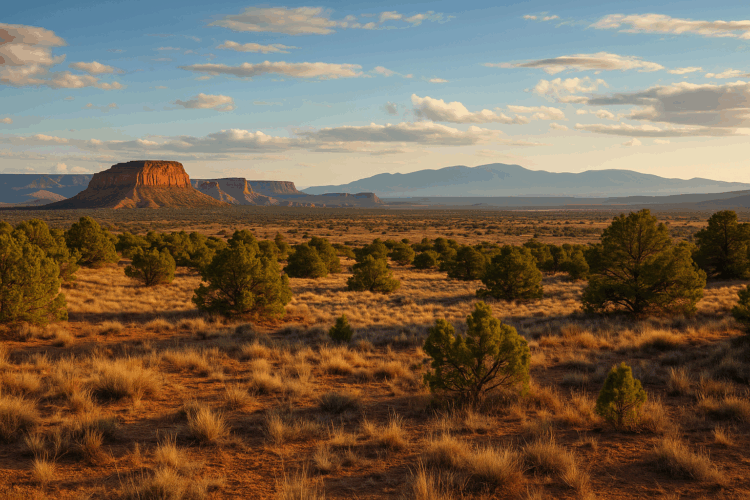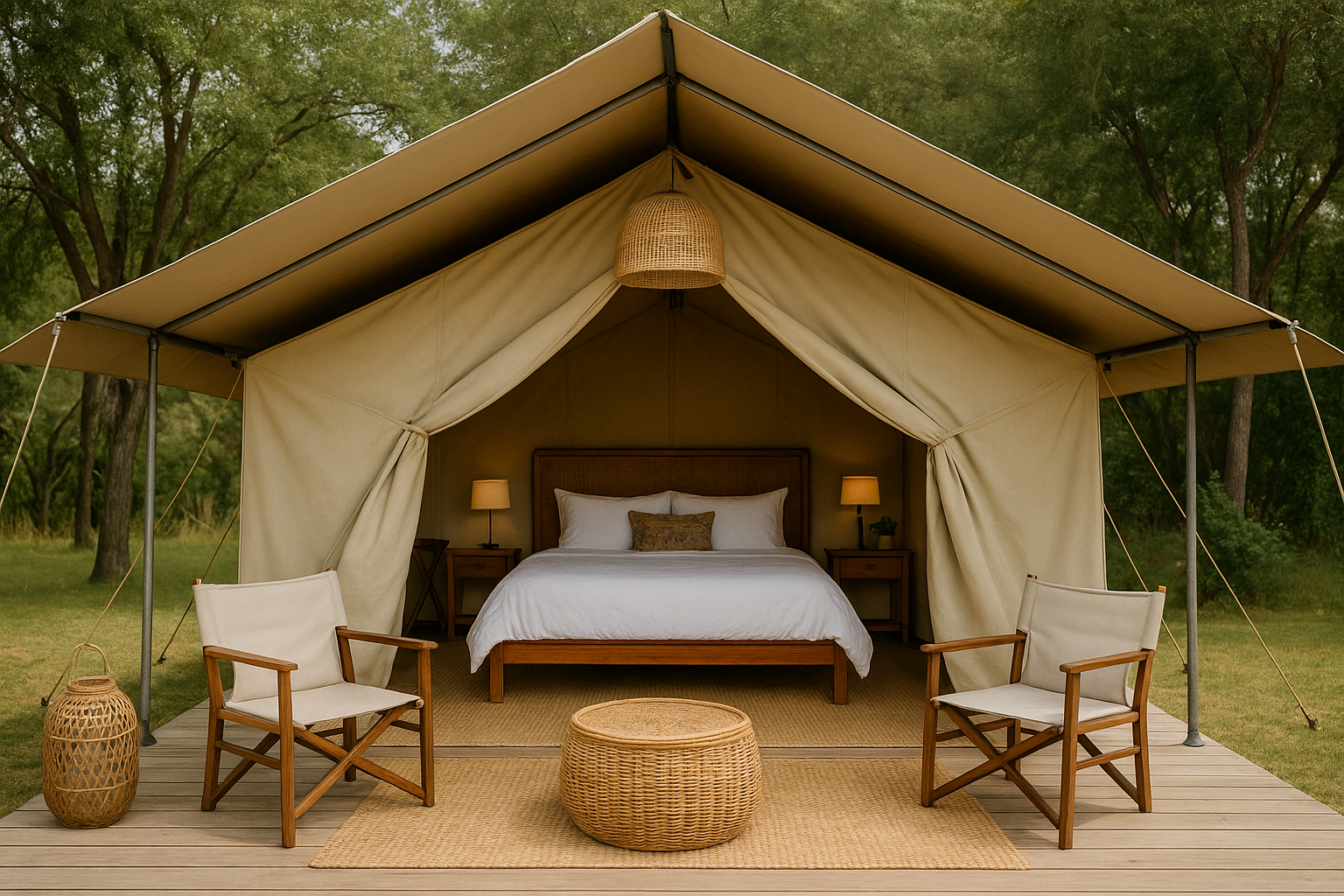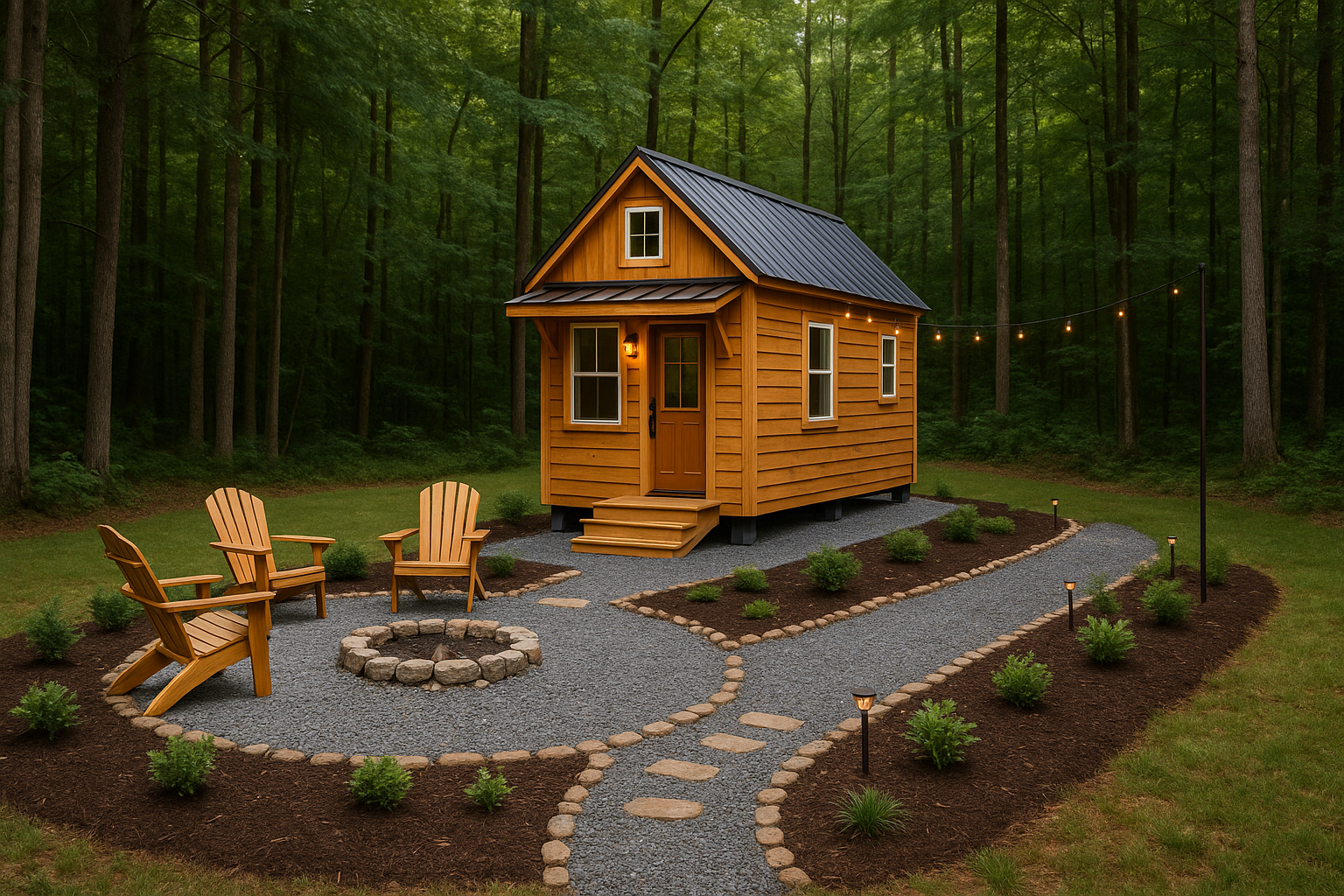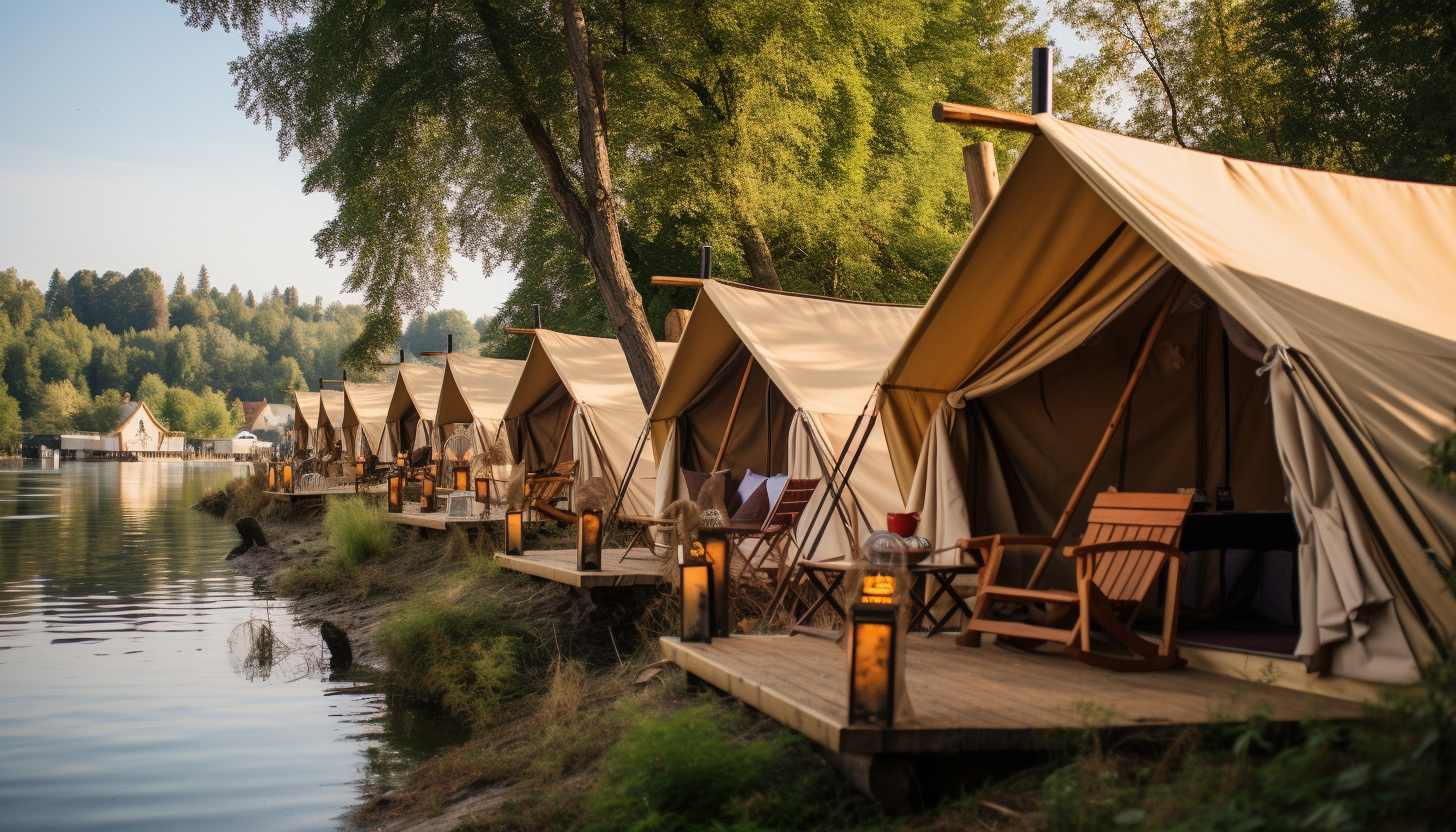Have you ever imagined waking up in a luxury safari tent surrounded by the serene silence of a forest or desert? Maybe you’ve dreamed of building a cozy yurt retreat with solar lighting, a compost toilet, and a wood-burning stove—then renting it out to travelers looking for the perfect off-grid escape. The good news is: your dream glamping site doesn’t have to cost a fortune to get started. The key is finding the right piece of cheap land in the right location—and this article will guide you through every step.
Why Glamping Sites Need Unique Land
Glamping is not just camping—it’s glamorous camping. That means your land doesn’t have to be near a big city or sit on the most expensive beachfront. Instead, the most successful glamping sites are often tucked away in beautiful, low-cost rural areas where zoning is friendly, nature is untouched, and your guests feel like they’ve truly escaped.
Unlike traditional real estate investing, where you’re competing with housing developers or commercial buyers, buying land for glamping gives you flexibility. You can purchase small parcels. You don’t need paved roads. You want trees, creeks, and open skies—not utility hookups and shopping malls.
Top U.S. States with Cheap Land Ideal for Glamping
1. Arizona – Wide Open Desert Views, Low Prices
Arizona is perfect for desert glamping. Land near Sedona or Flagstaff can get pricey, but head a little further out to places like Holbrook, Show Low, or Kingman, and you can find several acres for under $5,000. Coconino and Apache counties have ample land with no restrictions, making them ideal for off-grid glamping.
2. New Mexico – Big Skies, Low Taxes
New Mexico offers some of the most affordable land in the U.S., with plots as low as $1,000 per acre in rural areas such as Valencia, Luna, and Socorro counties. Plus, its dry climate and unique geography (think mesas and hidden canyons) give glamping guests a genuinely cinematic experience.
3. Texas – Big Land, Low Cost in the Right Places
West Texas, especially in Terlingua or Hudspeth County, has incredibly low land prices—sometimes as low as $1,000 per acre. If you’re looking for rustic, cowboy-style glamping in the desert or foothills, Texas offers ample space to grow, with fewer regulations than most other states.
4. Arkansas – Forested Mountains and Flowing Rivers
The Ozarks offer lush forests, rivers, and elevation—all perfect for yurts, domes, and treehouses. Arkansas land is cheap (starting around $2,000 per acre), and counties like Sharp, Izard, and Baxter are popular with off-grid buyers and cabin builders alike.
5. Tennessee – Affordable Land with Year-Round Beauty
In Eastern Tennessee, particularly near the Smoky Mountains or Cumberland Plateau, you can still find rural plots for under $10,000. These spots are perfect for glamping in all seasons, thanks to mild winters and forested terrain.
Where to Search for Cheap Glamping Land Online
1. LandWatch.com
This site allows you to filter land by price, size, county, and zoning. Use the “Recreational Property” filter to find land that’s ideal for camping, hunting, or off-grid builds.
2. LandCentury.com
LandCentury specializes in ultra-affordable land. You’ll find parcels for as little as $500, especially in Arizona, New Mexico, and parts of Florida. Many listings come with owner financing, so you don’t need a big down payment.
3. Facebook Marketplace and Craigslist
Believe it or not, some of the best deals are often found locally. Look for seller-financed land or distressed properties. Small lots that are not suitable for homes can be perfect for one or two glamping tents.
4. Zillow and Realtor.com
Although more residential-focused, these platforms are useful for finding land with utilities if you’re going semi-off-grid. Search for “land only” and filter by your preferred price range.
5. Auction Sites like Bid4Assets.com
Counties across the U.S. auction off tax-defaulted land for a fraction of its market value. If you’re adventurous, you can snag acres of land for pennies on the dollar—but be sure to do your homework on zoning and access first.
What to Look For Before You Buy
Before purchasing any land, ask yourself:
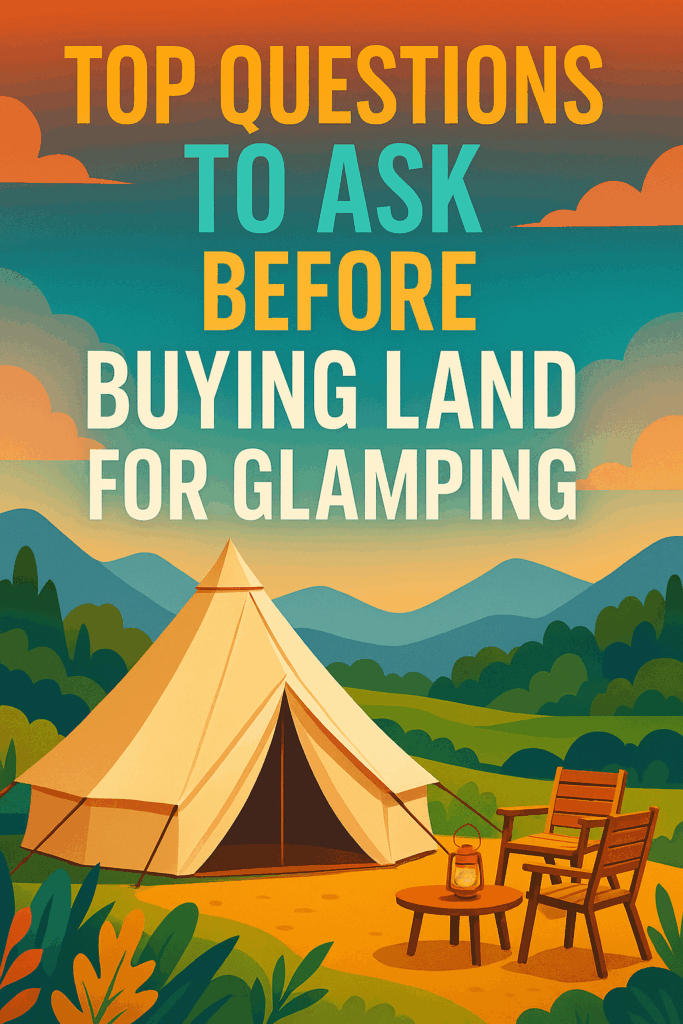
- Is the zoning flexible? Look for land zoned “recreational,” “agricultural,” or “rural residential.” Avoid land with strict building codes unless you’re willing to obtain permits and operate legally.
- Is there road access? Even a dirt road is okay. No access might mean you can’t get insurance or easily attract guests.
- Can I use solar power and rainwater collection legally? Many countries allow off-grid solutions, but it’s best to double-check with local planning offices.
- How far is it from the nearest town or attraction? Most guests are willing to drive 30–60 minutes for a glamping getaway, but being near hiking trails, lakes, or tourist towns is a plus.
- Click here for the FREE PDF on: Top Questions to Ask Before Buying Land for Glamping.
Bonus Tip: Look Internationally
If you’re open to moving abroad or want to attract global travelers, countries like Mexico, Costa Rica, Colombia, and Portugal offer land at shockingly low prices—sometimes under $1,000 per acre—and a climate perfect for year-round glamping. Pair this with Airbnb or Booking.com listings, and you can build a thriving rental business on a budget.
Final Thoughts: Turn Dirt into Dollars
Finding affordable land is the first and most crucial step in establishing a successful glamping business. With a bit of research and a sharp eye for zoning and location, you can turn a humble patch of earth into a highly sought-after destination—and a passive income machine.
Remember, glamping guests aren’t looking for marble floors or chandeliers. They want experience. Nature. Peace. Simplicity with a touch of style. And when you offer that, you won’t just have a piece of land—you’ll own a slice of paradise.
If you need more information on solving glamping’s most challenging problems, read the blog article: Glamping Tips and Tricks Challenges and How to Solve Them – Rise and Glamp. If you are looking for the entire scoop on how to create a profitable glamping business, visit the home page for ten informational articles on glamping

